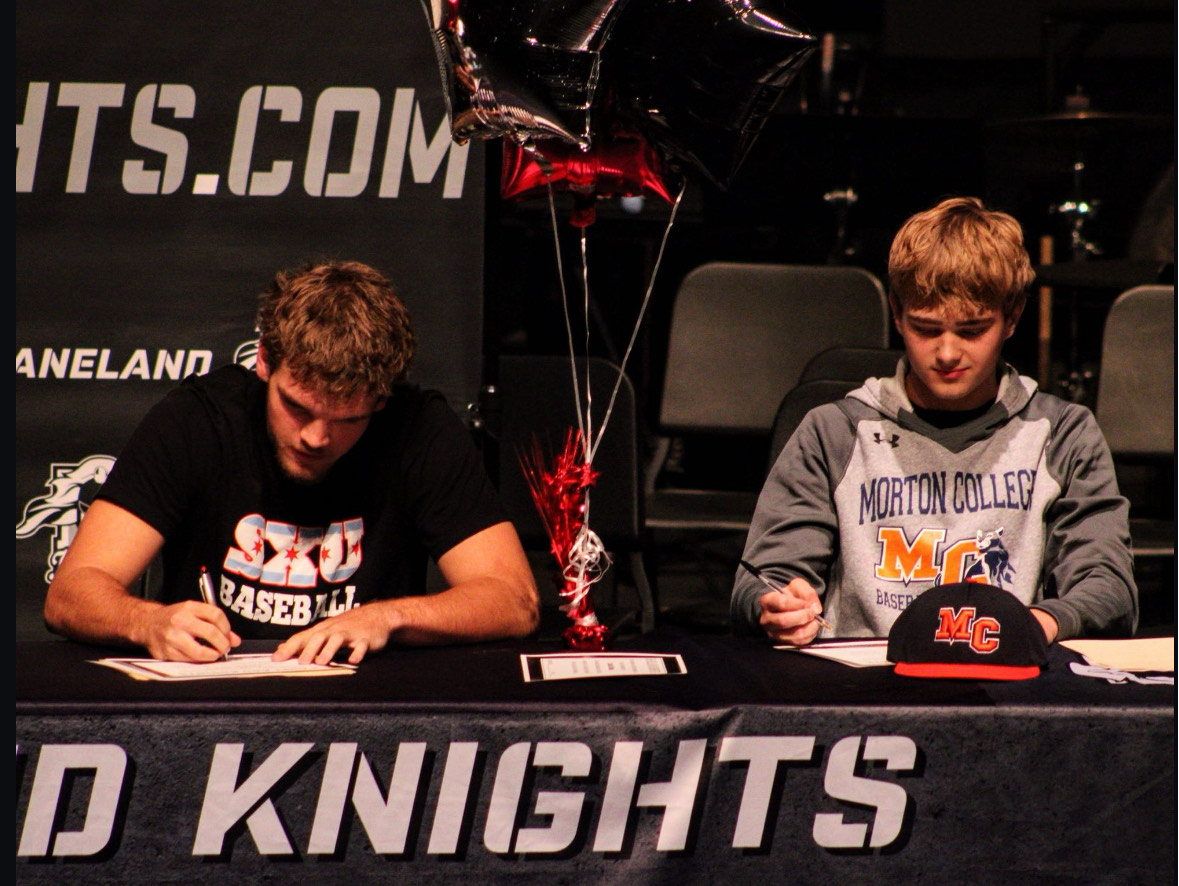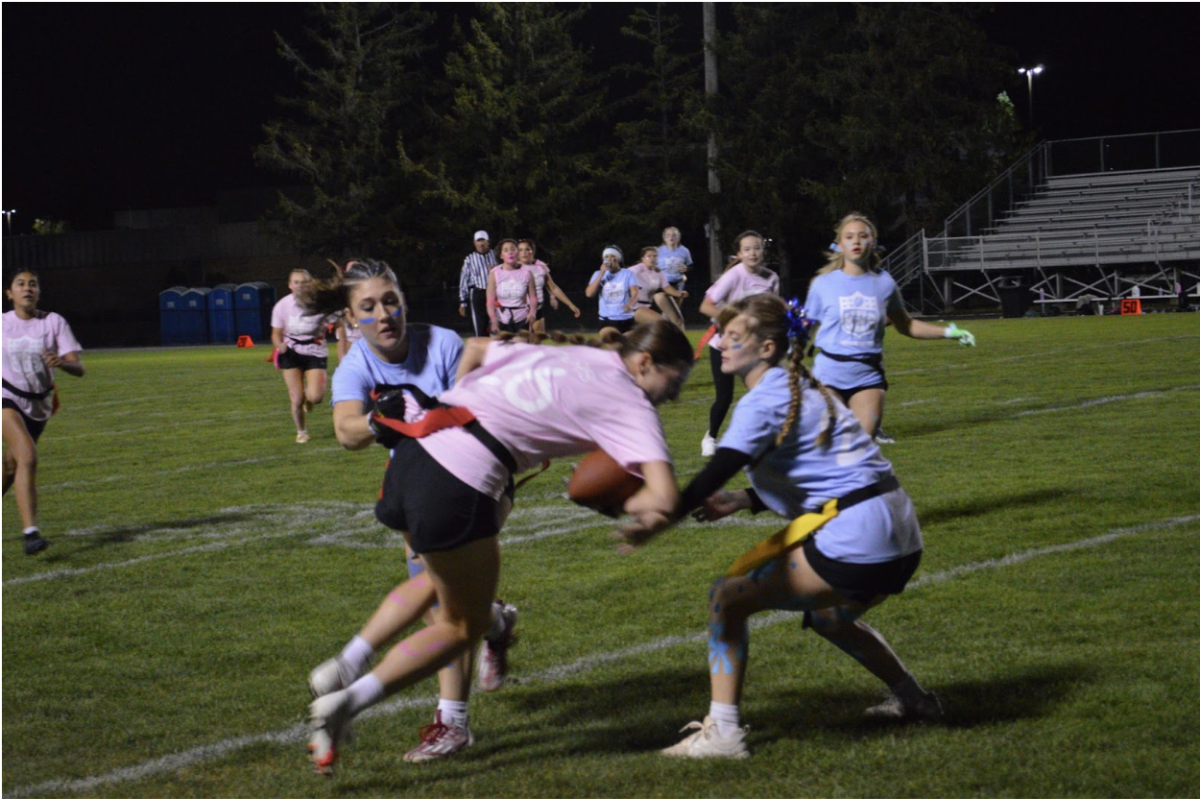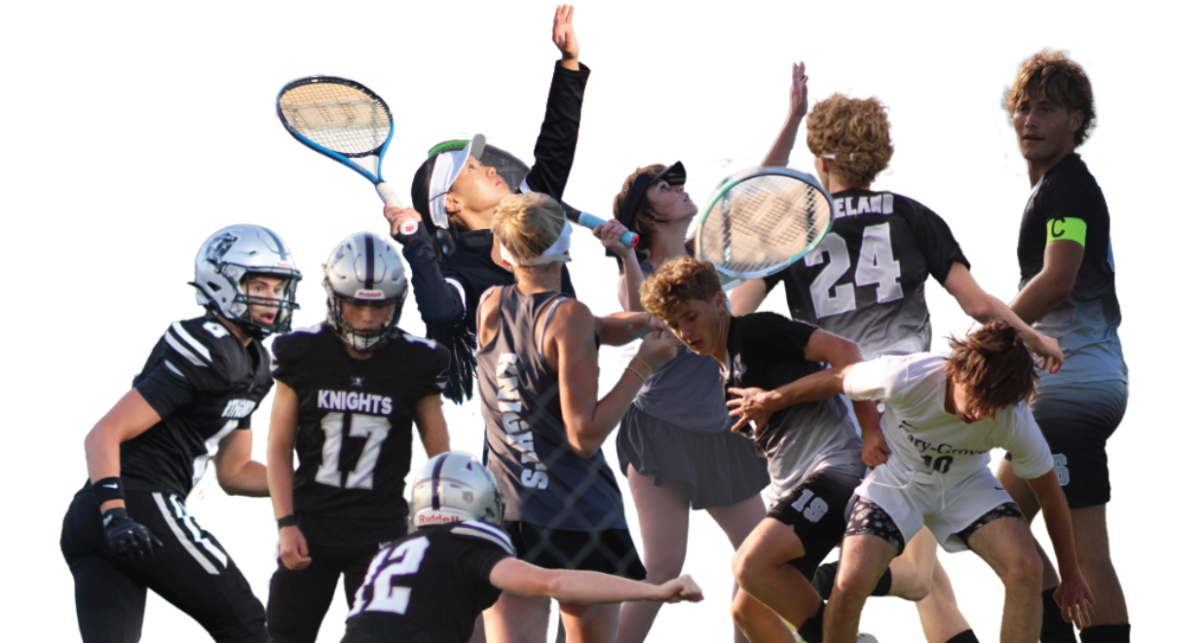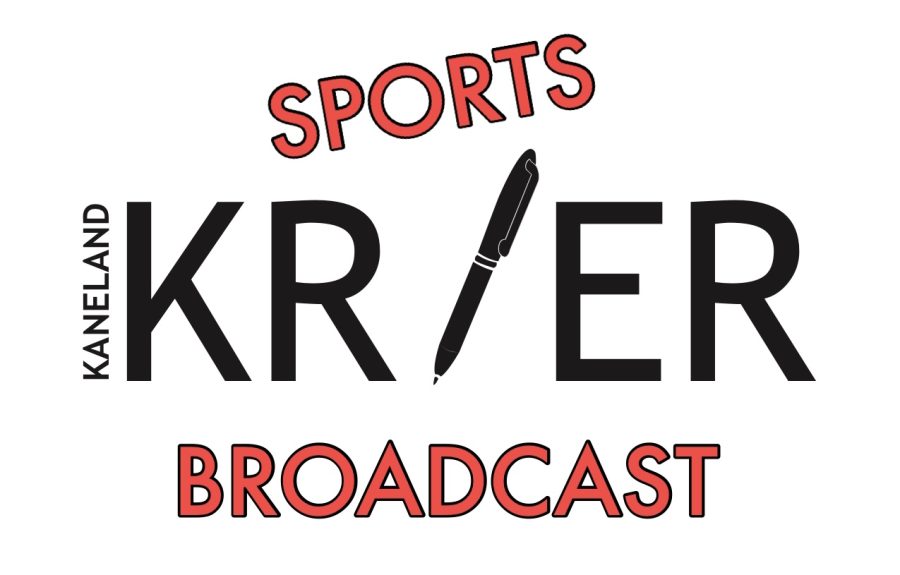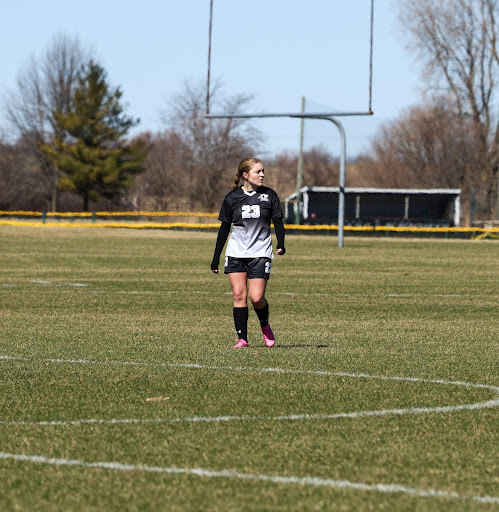Almost all high school athletes, at one point or another, aspire to make it to the next level: college sports. However, many don’t know the process or how to decide where they want to play in college. No matter what division an athlete wants to play in, there is often a combination of internal and external pressures and influences that go into a student-athlete’s decision.
“The pressures and stress are that while you’re being a student and an athlete, you also have to be a salesman,” Department Chair for Student Services Erin Shore said. “And that’s really uncomfortable for athletes because more times than not, we’re a humble breed. So when we get attention or send highlights, it’s almost bashful, but that’s just part of the work you put in. The praise is sometimes hard to take, so when you get coaches giving you attention or recruiting you, sometimes we’re a little too modest.”
The recruiting process is quite complicated for athletes. The difficulty comes because there are so many other athletes who are trying to accomplish the same goal of competing at the next level. There are a variety of components that go into competing collegiately, which is why it could be beneficial to have people to go to for advice. Student-athletes want to find the college that is the best fit for them.
Senior pitcher Evan Ross, who is currently playing for the varsity basketball team, has recently committed to play baseball at Illinois Wesleyan University at the Division III level.
“I definitely didn’t feel pressure to commit to a certain school,” Ross said. “I obviously wanted to find a good fit for me. I was getting more pressure from friends and family because they were just all wondering where I was going. Obviously it takes time, and it’s part of the recruiting process.”
While using other people’s input to help determine a college is one potential way to get guidance, it can also create unnecessary pressures on a student-athlete. A lot of that pressure is self-induced, as athletes have a tendency to develop very ambitious goals for themselves. Additionally, athletes have to balance all of the pros and cons of their potential options.
“When you’re talking about just the academic side of what to look for, you want to look at the fit, the distance, the size and then, above all, you really need to be responsible with your financial decisions and making sure that it’s a good expense,” Shore said.
Even if an athlete finds the perfect fit for them, earning a scholarship is not something that comes easily. According to the official NCAA website, out of the 7,109,290 total male and female high school students who compete in basketball, baseball, cross country, football, golf, ice hockey, lacrosse, soccer, swimming and diving, tennis, track and field, volleyball, water polo, wrestling or softball, only 6.36% (452,198) play at the NCAA level. In Ross’s case, only 8.1% (38,849) of high school baseball players go on to play at the collegiate level, with 3.2% (1,243) playing at Division III schools.
Earning a scholarship of any kind is not something to take for granted, considering how few athletes earn them each year. It’s easy to stress during the recruiting process because only so many athletes get to continue playing at the next level. However, it’s important to remember your needs come first, and finding the right place to play and develop is a priority.


